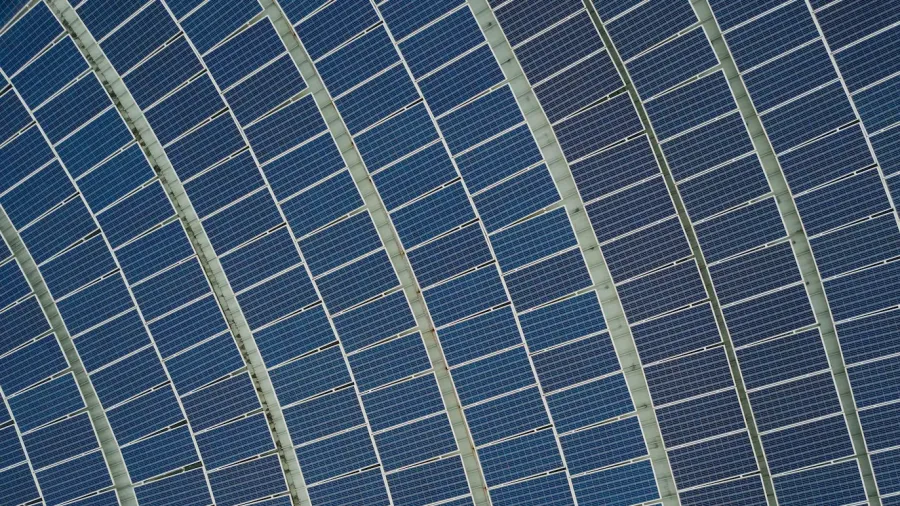
Indian solar PV exports to keep rising but will decline by 2027
PV exports may experience stagnation in 2025 and will decline by 2027.
Indian exports of solar photovoltaic (PV) modules to the U.S. will continue their growth, production, and expansion to other Western territories towards FY25, amidst the Inflation Reduction Act (IRA).
In a joint report by JMK Research & Analytics and the Institute of Energy Economics and Financial Analysis (IEEFA), manufacturing lines for solar PV products will require two to three years to set up. However, the prioritisation of local manufacturers in the US, propelled by the IRA and the EU Green Deal, will lead to a decline in Indian exports by FY27.
The influence of the IRA will also see a precedent for future PV manufacturing policies by Indian regulators. Reiterations of the Product Linked Incentive may have provisions influenced by the IRA, like layered incentives and extended policy periods.
ALSO READ: ACWA Power inked US$746m energy deals
To circumvent the effects of IRA, the report has highlighted the potential of other overseas markets such as Africa and South America. Locally, Indian manufacturers can accept controlled risks by establishing module lines in U.S. sites and cell or ingot/wafer lines in India.
“With annual global solar installations forecast to reach at least 1 terawatt (TW) by 2030, it is clear that there will be no dearth of PV demand in the future. Thus, Indian manufacturers must focus equally on domestic and international markets.
Companies with Indian PV products will also need to compete in global markets with other large PV manufacturing countries in terms of quality and scale,” Vibhuti Garg, Director of IEEFA South Asia, stated.
Within 2022 and 2023, the global capacity for PV module manufacturing has grown from 358 gigawatts (GW) to 640GW, reiterating the demand for solar energy.








![Cross Domain [Manu + SBR + ABF + ABR + FMCG + HBR + ]](https://cmg-qa.s3.ap-southeast-1.amazonaws.com/s3fs-public/styles/exclusive_featured_article/public/2025-01/earth-3537401_1920_4.jpg.webp?itok=WaRpTJwE)
![Cross Domain [SBR + ABR]](https://cmg-qa.s3.ap-southeast-1.amazonaws.com/s3fs-public/styles/exclusive_featured_article/public/2025-01/pexels-jahoo-867092-2_1.jpg.webp?itok=o7MUL1oO)









 Advertise
Advertise


